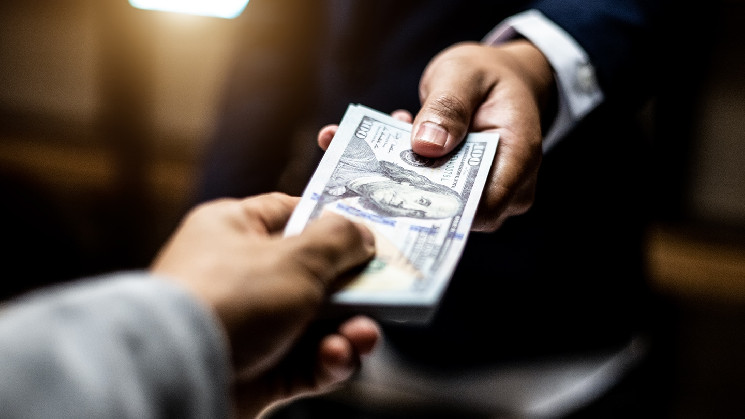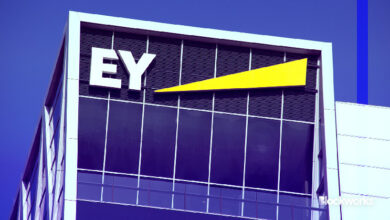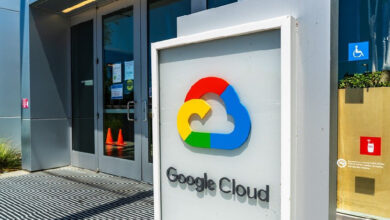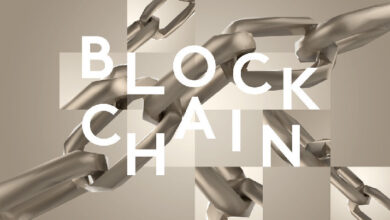How Tokenized Assets Can Replace Money

In a world where tokenization becomes mainstream, with a wide variety of assets digitally represented on blockchains, these tokenized assets will replace money for everyday payments. That’s the intriguing argument recently made on Forbes by David Birch, a veteran British expert on digital identity and money.
Marcelo M. Prates, a CoinDesk columnist, is a central bank lawyer and researcher.
Instead of selling your mutual fund shares to get dollars that can then be used to buy a car, you could just transfer some of the shares to the dealership over a blockchain. You’d have the car, and the dealership would have tokenized shares that could be kept invested or transferred to the carmaker to pay for replenishing the inventory.
The greater the number of tokenized assets, the easier it gets to use them directly for payments without first cashing them out into bank deposits, CBDCs, or stablecoins, reducing transaction costs. If any asset can be tokenized, fractioned, and then seamlessly transferred on blockchains, you could always use your tokens for payment, no matter what your tokens represent — from securities or Bored Apes to houses or airline tickets.
The general acceptance of tokens rests on the assumption that someone down the network will be willing to take the tokenized asset you hold, making all exchanges possible. Supercomputers and AI would help speed up trades by instantly determining the value of each token and matching counterparties.
But, obstacles
In a system like that, digital money would only add friction and potentially become useless. Or would it? Although fascinating, this reality faces at least two significant hurdles before it can come to pass.
First, the number of transactions could quickly overwhelm even the most efficient blockchain. The U.S. payments system alone processes almost 550 million retail transactions daily using money, in the form of dollars, as a vehicle. This number would increase multiple times if payments were made not with a common vehicle, like dollars or other sovereign currency, but with tokenized assets that could be traded globally.
Read more: Michael J. Casey – Has Tokenization’s Moment Finally Come?
Today, a car can be purchased with one payment transaction, with dollars flowing from the buyer’s bank account to the seller’s bank account. In a tokenized system, I could instead pay for a car mixing some tokenized securities with some bitcoin and tokenized fractions of a warehouse I own with ten other people. In this case, three payment transactions would have to happen to complete a single purchase, one for each type of tokenized asset used.
Things would get even more complex if my tokenized assets existed in different blockchains or if sellers didn’t already have her own addresses or wallets in all these blockchains to receive the tokens offered in payment. Interoperability between blockchains is possible but usually comes with additional costs and risks. Tokens tend to be more easily stolen or lost when a bridge or protocol has to be used to move them from one blockchain to another.
The second hurdle for tokenized assets to replace money is legal. Beyond its traditional functions (notably as a generally accepted medium of exchange), money today also serves as a checkpoint for compliance requirements. In most jurisdictions, the prevention of money laundering and terrorism financing has been delegated to institutions that help people and companies move money around.
Financial institutions play a primary role in this effort. They must know their clients, identify transactions’ beneficiaries, develop risk-based tools to prevent suspicious or illicit transactions, and promptly alert the authorities if anything looks amiss. And all these actions are performed when money moves from or to the accounts held by their customers. It’s a legal and regulatory strategy that relies on the flow of money and the institutions that facilitate it to be implemented.
If, then, money is displaced by tokenized assets in everyday payments, the strategy loses its central operational point and its gatekeepers. Without a common asset that flows through specific institutions, regulators would struggle to gather the information they need and enforce the related rules. If anyone can use and even mix different tokenized assets to make payments over the blockchain, who would be responsible for flagging or blocking suspicious transactions? Every seller out there?
Blockchain forensics and automated supervisory tools could help regulators follow transactions in real time. But the capacity to suspend or block suspicious transactions amid billions, if not trillions, of payments happening daily across jurisdictions seems unattainable, especially for transactions on truly decentralized blockchains, not managed or controlled by identified parties.
As crypto enthusiasts have already realized, replacing fiat money isn’t a simple task. Be it for practical or legal reasons, sovereign money still reigns supreme for everyday payments despite the many alternatives that exist today. Tokenization, even if widespread, won’t change this reality anytime soon.





